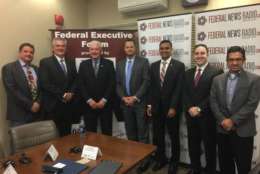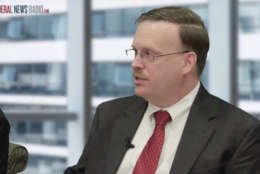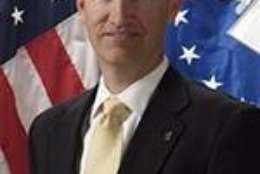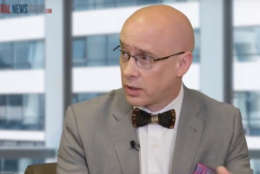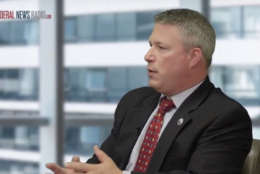SDFM The Business of Defense
-
This program will provide a progress report on secure mobility solutions in government.
July 24, 2017 -
What role does fire play in shaping natural resource land management? How does Interior’s Office of Wildland Fire work to suppress wildland fire? What is being done to reduce the risks to first responders and the public? Join host Michael Keegan as he explores these questions and more with Bryan Rice, Director of the Office of Wildland Fire, Department of the Interior.
July 24, 2017 -
Wally Coggins, the director of the IC Security Coordination Center in the Office of the Director of National Intelligence, has a full plate this year. He says that in the dynamic threat environment, he and his staff are working on three initiatives.
July 21, 2017 -
Lawrence Reed, the assistant director for security operations at the Justice Department, says the government needs to up its game when it comes to endpoint security, especially mobile end point.
July 21, 2017 -
In about 25 years, Arlington National Cemetery (ANC) will run out of space as an active cemetery to honor our Nation's veterans. Therefore, changes to either eligibility criteria and/or expansion of the cemetery's geographic footprint are required, and that’s where the American people come in. July 21, 2017
July 21, 2017 -
In this exclusive executive briefing, federal data officers and subject matter experts will explore what a 21st century data strategy might look like and what tools would be required to implement that strategy.
July 20, 2017 -
As government IT seeks ways to be more innovative and responsive to keep up with increasing workloads and demands, open hybrid cloud offers hope as a means to meet growing mission challenges.
July 18, 2017 -
What is the US Air Force’s Information Dominance Strategy? How is the Air Force changing the way it does IT? What is the US Air Force doing to leverage advances of mobile technologies? Join host Michael Keegan as he explores these questions and more with Bill Marion, Deputy Chief, Information Dominance & Deputy Chief Information Officer, U.S. Air Force.
July 17, 2017 -
In this Expert Edition, you'll read about the collaboration between the offices of the chief human capital officer (CHCO) and chief information officer (CIO).
July 17, 2017 -
Jeff Wichman, the practice director for enterprise incident management at Optiv, says the government is doing a “bang up job if effectively responding to cybersecurity incidents.
July 14, 2017 -
With the increasingly frequent and diverse nature of cyber attacks, organizations including federal agencies have put a lot of effort into advanced detecting and deeper understanding these threats. “Now,” says Ian Doyle, executive security advisor at IBM Federal, “we’re really seeing the pendulum swing to more response actions.”
July 14, 2017 -
Getting to full benefit of cloud deployments means substantial reengineering of applications, as opposed to simply the lift-and-shift approach. But Chad Sheridan, the chief information officer of the Agriculture Department’s Risk Management Agency, says federal agencies aren’t quite there yet.
July 14, 2017 This article is sponsored by Battelle There’s an acronym used by federal leaders in the business of preventing or responding to Chemical, Biological, Radiological, Nuclear and Explosive attacks: VUCA. It stands for “volatile, uncertain, complex…
July 13, 2017-
Before the Obama administration left office in December, it left a series of reports for the incoming Trump administration.
July 13, 2017 -
Without a serious effort at automation, the many segments of the cybersecurity response and kill-chain threaten to overwhelm security operations and information security staffs.
July 11, 2017

